Biodegradable Mailers: The Sustainable Alternative to Plastic
It’s important to note that “biodegradable” differs from “compostable.” While both terms refer to materials that break down naturally, compostable products typically require specific conditions (like industrial composting facilities) to decompose efficiently. Biodegradable mailers, on the other hand, can often break down in natural environments like soil or water without causing harm.
In recent years, sustainability has emerged as a central focus for individuals, businesses, and communities worldwide. As we collectively strive to reduce our environmental impact, one area that has garnered significant attention is packaging—specifically, the overuse of single-use plastics. For decades, plastic mailers have been the go-to option for shipping goods, given their affordability, durability, and lightweight nature. But as the environmental cost of plastic becomes increasingly undeniable, biodegradable mailers have stepped into the spotlight as a sustainable alternative.
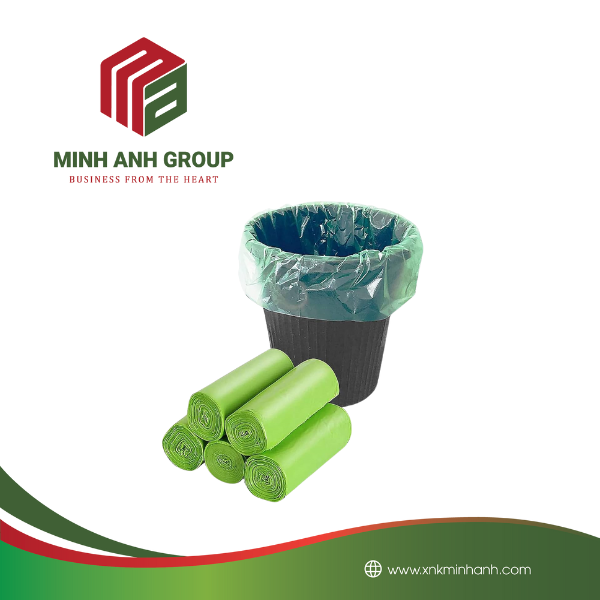 x
x
If you’ve ever wondered how biodegradable mailers could make a difference or why they’re worth considering, this article will walk you through their benefits and how they’re shaping a greener future.
What Are Biodegradable Mailers?
Biodegradable mailers are shipping envelopes or packaging materials designed to break down naturally in the environment over time. Unlike traditional plastic mailers, which can take hundreds of years to decompose, biodegradable mailers are made from eco-friendly materials such as cornstarch, PLA (polylactic acid), or other plant-based compounds. When exposed to the right conditions—like moisture, heat, and microorganisms—these mailers degrade into non-toxic components like water, carbon dioxide, and organic matter.
It’s important to note that “biodegradable” differs from “compostable.” While both terms refer to materials that break down naturally, compostable products typically require specific conditions (like industrial composting facilities) to decompose efficiently. Biodegradable mailers, on the other hand, can often break down in natural environments like soil or water without causing harm.

Why Should We Move Away From Plastic Mailers?
Plastic mailers have long been a staple in shipping due to their convenience and cost-effectiveness. However, their environmental drawbacks are impossible to ignore. Here’s why:
1. Long Decomposition Time
Traditional plastic mailers can take hundreds—or even thousands—of years to break down. During this time, they contribute to pollution in landfills, oceans, and other ecosystems.
2. Microplastic Pollution
When plastic does break down, it often fragments into tiny particles known as microplastics. These particles contaminate soil and water sources, posing risks to wildlife and human health.
3. Dependence on Fossil Fuels
The production of plastic relies heavily on fossil fuels, contributing to greenhouse gas emissions and climate change.
4. Limited Recycling Options
While some plastics are recyclable, many mailers are made from mixed materials (like plastic and adhesives) that are difficult—or impossible—to recycle effectively. This leads to more waste ending up in landfills.

Switching to biodegradable alternatives can help mitigate these issues while promoting a healthier planet.
Benefits of Biodegradable Mailers
Choosing biodegradable mailers isn’t just an environmentally conscious decision—it’s also a practical one. Here are some key benefits:
1. Eco-Friendly Decomposition
Biodegradable mailers break down naturally without leaving harmful residues behind. This reduces pollution and helps protect ecosystems.
2. Lower Carbon Footprint
Many biodegradable mailers are made from renewable resources like cornstarch or plant-based polymers. These materials have a smaller carbon footprint compared to petroleum-based plastics.
3. Versatility and Durability
Despite being eco-friendly, biodegradable mailers are surprisingly durable. They can withstand the rigors of shipping while protecting your items effectively.
4. Positive Brand Image
For businesses, switching to sustainable packaging options like biodegradable mailers sends a powerful message to customers. It shows that your brand values environmental responsibility—a trait increasingly appreciated by eco-conscious consumers.
5. Support for Circular Economy
Biodegradable mailers align with the principles of a circular economy, where products are designed to minimize waste and maximize resource efficiency.
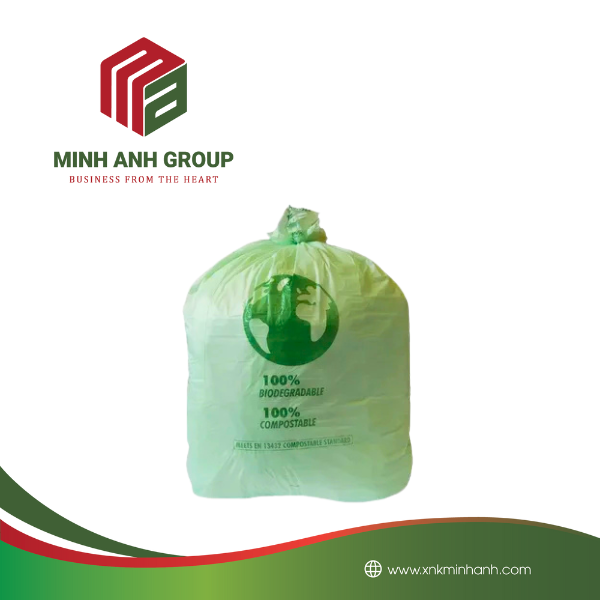
Are Biodegradable Mailers Truly Sustainable?
While biodegradable mailers offer numerous benefits, it’s important to evaluate their sustainability holistically:
1. Production Impact
Biodegradable materials often require agricultural inputs like corn or sugarcane. If not sourced responsibly, these crops can contribute to deforestation or excessive water usage.
2. Decomposition Conditions
Some biodegradable mailers require specific conditions (like industrial composting facilities) to break down efficiently. If these conditions aren’t available, the mailers may take longer to degrade.
3. Cost Considerations
Biodegradable mailers can be more expensive than traditional plastic ones. However, as demand increases and production scales up, costs are likely to decrease over time.
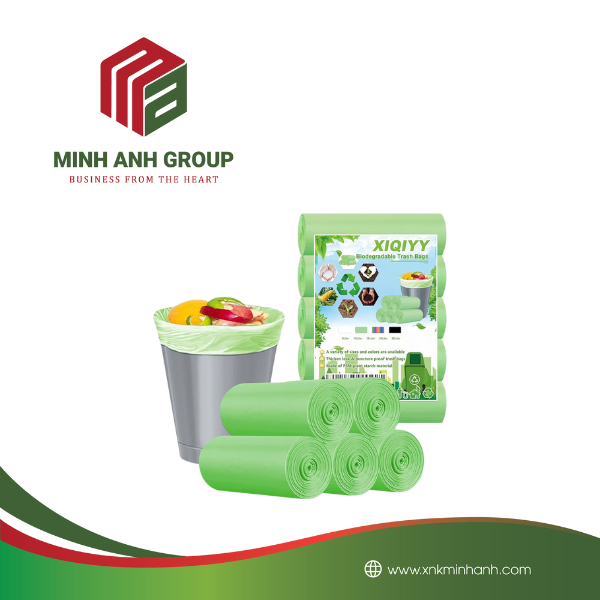
Despite these considerations, biodegradable mailers remain a significant improvement over conventional plastic in terms of environmental impact.
How Can You Incorporate Biodegradable Mailers Into Your Life or Business?
Switching to biodegradable mailers is easier than you might think! Whether you’re an individual or a business owner, here are some steps you can take:
1. Research Suppliers
Look for reputable companies that offer biodegradable mailers made from sustainable materials. Many suppliers provide detailed information about their products’ composition and certifications.
2. Educate Your Customers
If you’re a business owner, let your customers know about your commitment to sustainability. Use your website or social media platforms to explain the benefits of biodegradable packaging.
3. Dispose Responsibly
Encourage recipients to dispose of biodegradable mailers properly—whether through composting or allowing them to naturally break down in the environment.
4. Start Small
Transitioning to biodegradable packaging doesn’t have to happen overnight. Start by incorporating these mailers into select shipments or products before making a full switch.
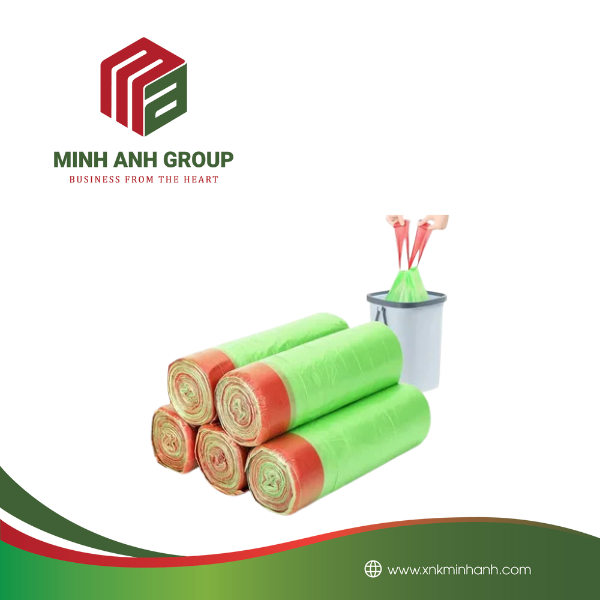
The Future of Sustainable Packaging
The rise of biodegradable mailers is just one example of how innovation is driving change in the packaging industry. As technology advances and consumer demand for eco-friendly solutions grows, we can expect even more sustainable options to emerge—from compostable tapes to reusable shipping containers.
Ultimately, the shift toward sustainable packaging isn’t just about reducing waste—it’s about rethinking the way we interact with the planet and embracing practices that prioritize long-term health over short-term convenience.
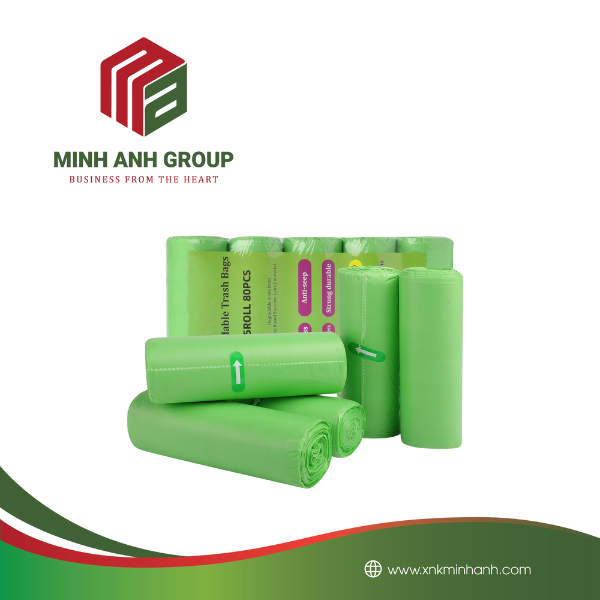
Biodegradable mailers represent a promising step forward in the quest for sustainable packaging solutions. By choosing these eco-friendly alternatives over traditional plastic mailers, we can reduce pollution, protect natural ecosystems, and support a greener future for generations to come.
Whether you’re an individual looking for ways to reduce your carbon footprint or a business striving to align with environmentally responsible practices, biodegradable mailers are a simple yet impactful choice that benefits both people and the planet. After all, every small change adds up—and together, we can make a big difference!
Hãy là người đầu tiên nhận xét “Biodegradable Mailers: The Sustainable Alternative to Plastic” Hủy
Sản phẩm tương tự
Tin Tức Bao Bì
Tin Tức Bao Bì
Tin Tức Bao Bì
Tin Tức Bao Bì
Tin Tức Bao Bì
Tin Tức Bao Bì
Tin Tức Bao Bì


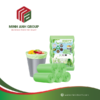











Đánh giá
Chưa có đánh giá nào.